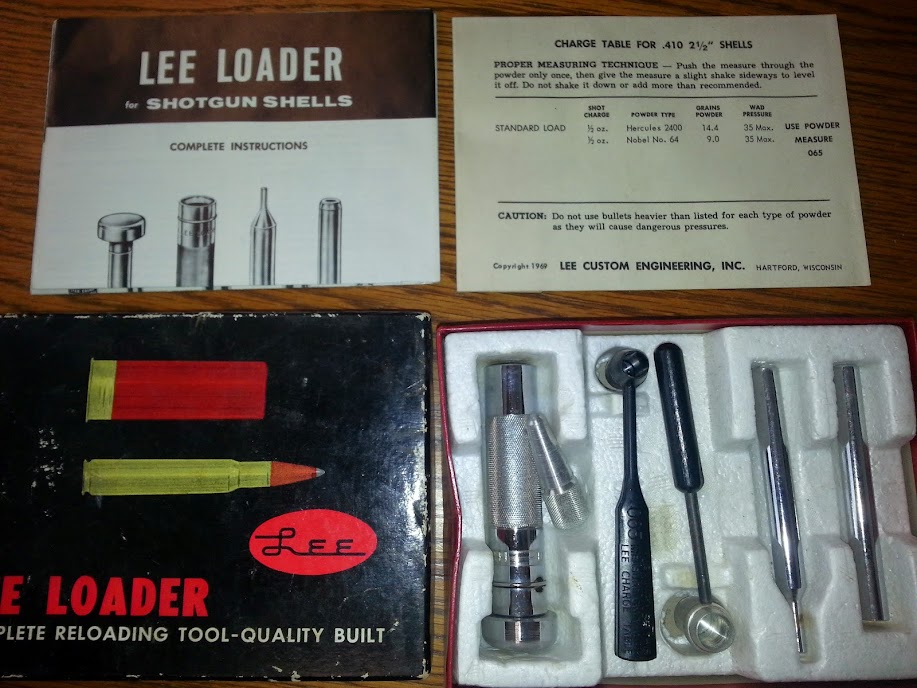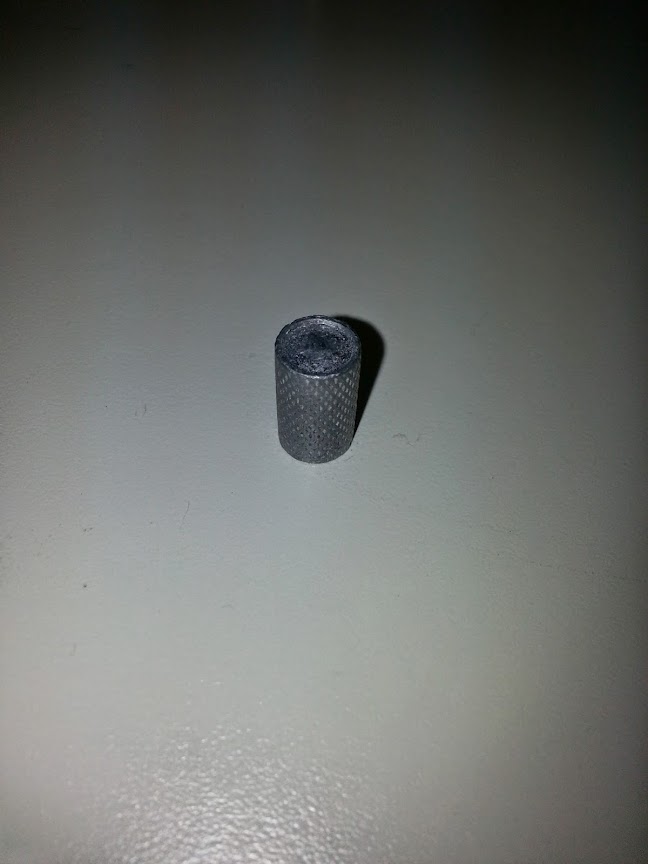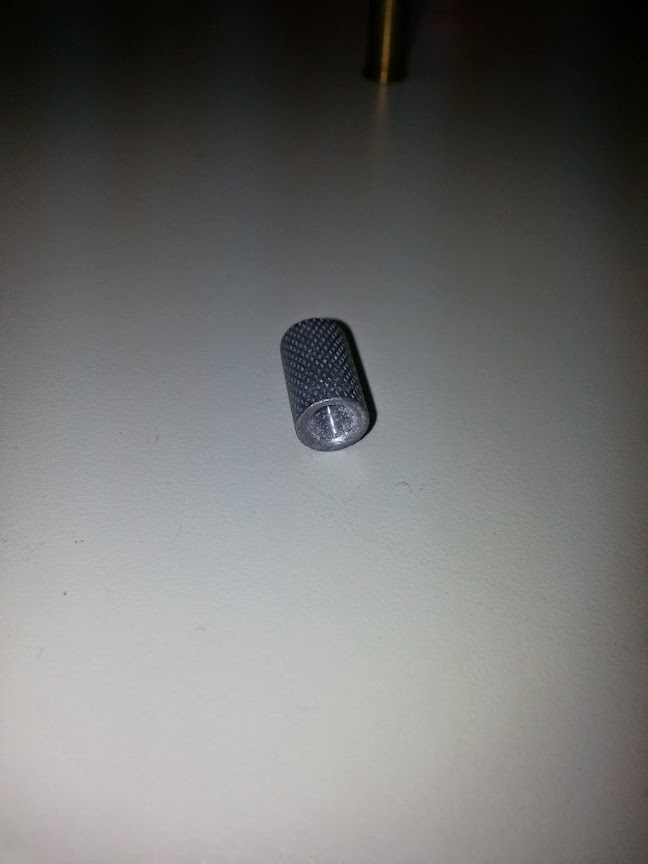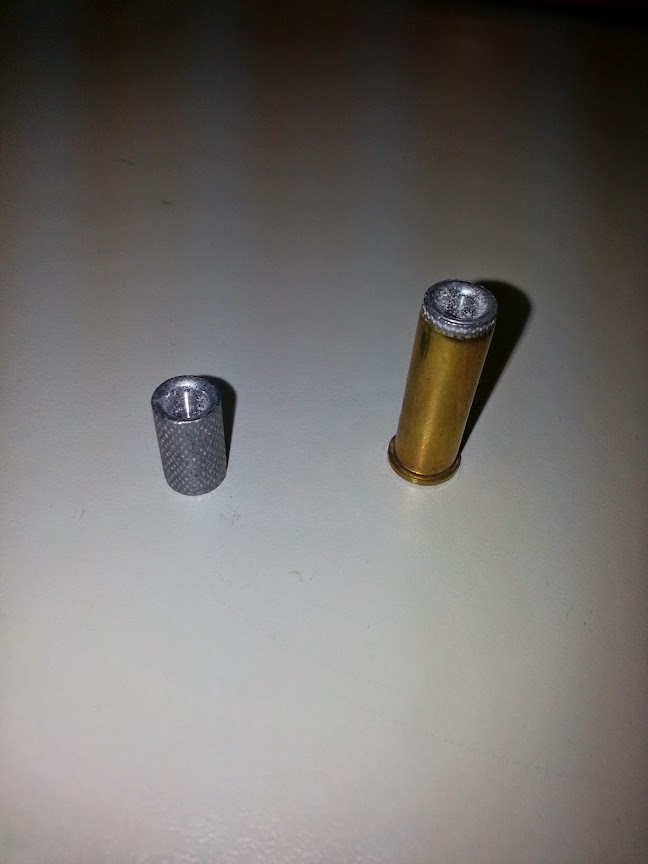by Woodsbum
There are many, many really cool things that you learn about when diving into the whole “bushcrafting” world. Different techniques for doing things that you have done for years, re-purposing old gear, making your own kit items, and learning about things that you didn’t even know existed are just some of the ways in which an outdoors-person can benefit. When I ran across wooden eating/drinking items, I was not too sure at first. After time, I found that building these things didn’t just help me to become better with cutting tools, but it also helped me to think differently about what I truly needed to carry with me into the woods. Although my spoons, bowls and cups are not ready for prime time I wanted to pass along the whole idea of making your own items. When I make something that is more than one step above functional, I will include pictures and do a post on it. Until then, please learn about the “kuksa.”
Kuksa and Guksi originate from Scandinavian drinking cups that were made from birch burls. Now a days you can find them from all sorts of varied wood types, but they are basically the same concept. They are hollowed out pieces of wood that make a cup shape and have a handle. Not a big innovation of design. They are, however, very nice to use. The ones that I have made seem to cool my coffee to a drinking temperature almost instantly and keep it there for a relatively decent amount of time. They also give something I like to call “style points.”
Here are a couple pictures of different kuksas so that you have an idea of what I am talking about.
Kuksa
Kuksa
Here are a few videos on construction.
And another one:
Again, these are beautiful and function pieces of equipment that can either be carved or machined, all depending on your skills. So, grab some wood chunks and get to work making your own. It is a rewarding experience that can become a bit addictive over time.
















